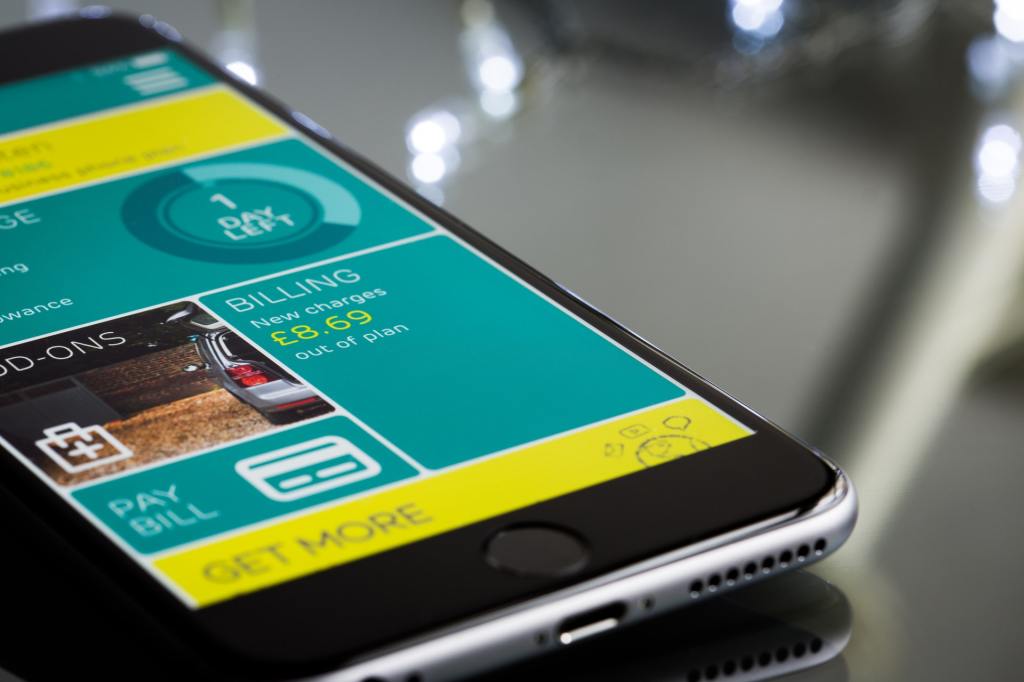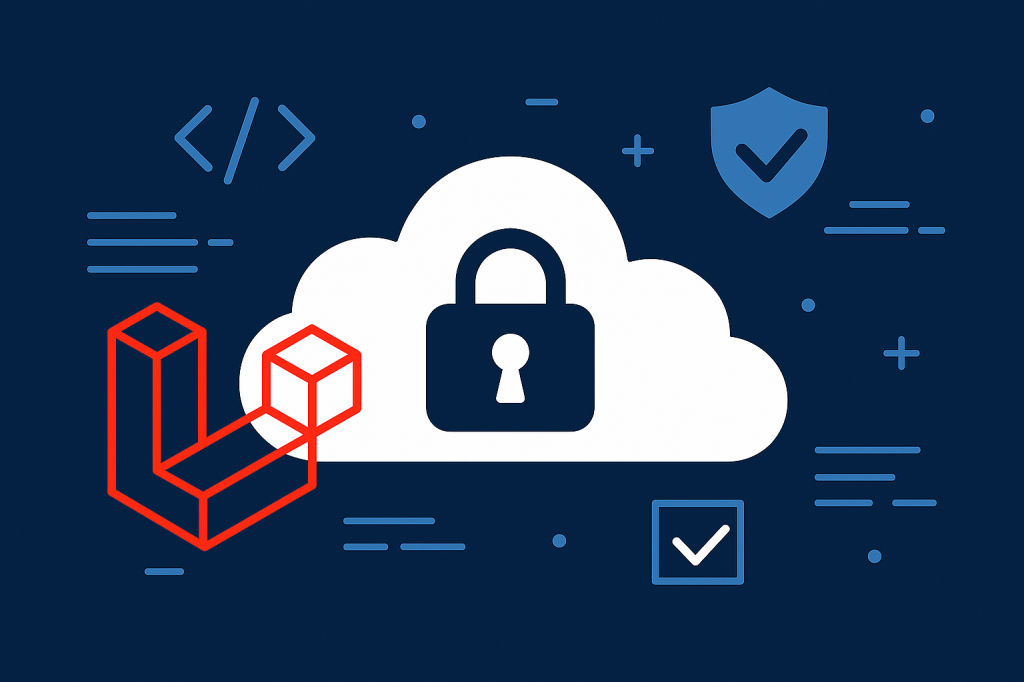With 37% of companies reporting a shortage of mobile app developers, it’s not shocking that companies turn to development partners to create an app for them.
The number one question, after determining that you need an app for your business, is how much is it going to cost. Unless you’ve been through the process before, you likely have no idea.
As you try and get a handle on what the price might look like you’ll likely come to one realization – there are a lot of elements that go into figuring the cost to develop an app, and an experienced development partner can help you define that. It is possible, though, to identify a range. More importantly, you can and should gain an understanding of what goes into determining that price.
What’s the Range?
Multiple surveys have been done to try and determine the cost of developing a mobile app. The consensus? That an app can cost between $50,000 and $500,000 or more, with the average being around $270,000.
Apps take time to create, with even the smallest app taking 3 months. To end up with a polished product, your app needs a team of experienced developers. A seasoned and dedicated team working for many months can result in the kind of costs you see quoted for this kind of development effort.
The amount of time and experience needed, however, is variable and depends on many other factors, such as the features needed for launch, the backend architecture, and even the complexity of the interface.
What Factors Determine the Cost to Develop an App?
Vendor Type and Location
The kind of vendor you choose and where they are located can impact the cost of development. For instance, a 100% on-shore (within the U.S.) team with a lot of highly experienced, senior-level developers will be more expensive than a totally off-shore team made up of junior and mid-level developers.
If your only concern is the price, you’re likely tempted by the second type, and for some apps, that’s an acceptable choice. But timing, responsiveness, and complexity of the solution could mean you need more experienced developers, or you need a team that is in your same time zone to facilitate communication.
In truth, those two types of partners are the extremes. Somewhere in between sits development teams with a mix of on-shore, near-shore, and off-shore resources, and a variety of experience levels. Looking beyond cost, your partner can help you put together a team that ensures you have the appropriate skill levels on the team while also meeting your budget needs.
Application Complexity and Features
This one is a bit obvious – the more complex your application, the more it’s likely to cost. What constitutes complexity, however, may be surprising.
For instance, if your application has a lot of user functionality – the ability to customize the app, a significant amount of screens, a complex user flow – that could make your application more costly to develop.
Combining already complex technologies is another. If, for example, your app combines locational services with augmented reality (think Pokemon Go), that may take a bit of creativity and experience architecting and coding to get it right.
Leveraging backend services, integration, and data will also increase the complexity of your app. Using an API to connect to a service application, then transforming that data into relevant information to the user, then displaying properly is tough. When you add to that the need for performance on a mobile device, you’ve potentially got a difficult engineering challenge.
UX / UI
Having the right functionality and features means nothing if your intended audience can’t use the application. User experience and the user interface are important considerations for your application, and the more complex the features or the user flow, the more time and effort must be spent to get it right.
User experience and the interface are about much more than just making your application look nice. Functionality must be placed where it can be easily found and where it makes sense to the user. Context is a key element in laying out screens, and understanding the end-user takes time and expertise. But without that investment, you might create an innovative app that no one will use.
Number of Target Platforms
This is not necessarily a “more platforms means more money” consideration. Depending on how the app is developed and delivered, it may not have a significant impact on the cost. But it could, so it’s worth taking into account.
Having an app that is complex and available on iPhone, iPad, Android, Google Phone, and so forth would mean coding multiple versions. Different form factors – tablets, different sized phones, etc. – will affect how the app is designed, as well. Long term, multiple platforms means maintaining multiple applications.
You may have the option, however, to have your app developed using a cross-platform or hybrid development framework. While this will free you from having multiple apps to manage and maintain, it may limit the functionality you can employ. Examples of these hybrid frameworks include Flutter, React Native, Ionic, and Xamarin.
Choosing a Partner is About More Than Cost
In the end, you should remember that creating an app is a custom coding project, and that cost isn’t the only factor to be considered. Having an experienced team that can meet your requirements and timeline, and that listens to your concerns and needs, may be far more important to the success of your app than the cost to develop it.



